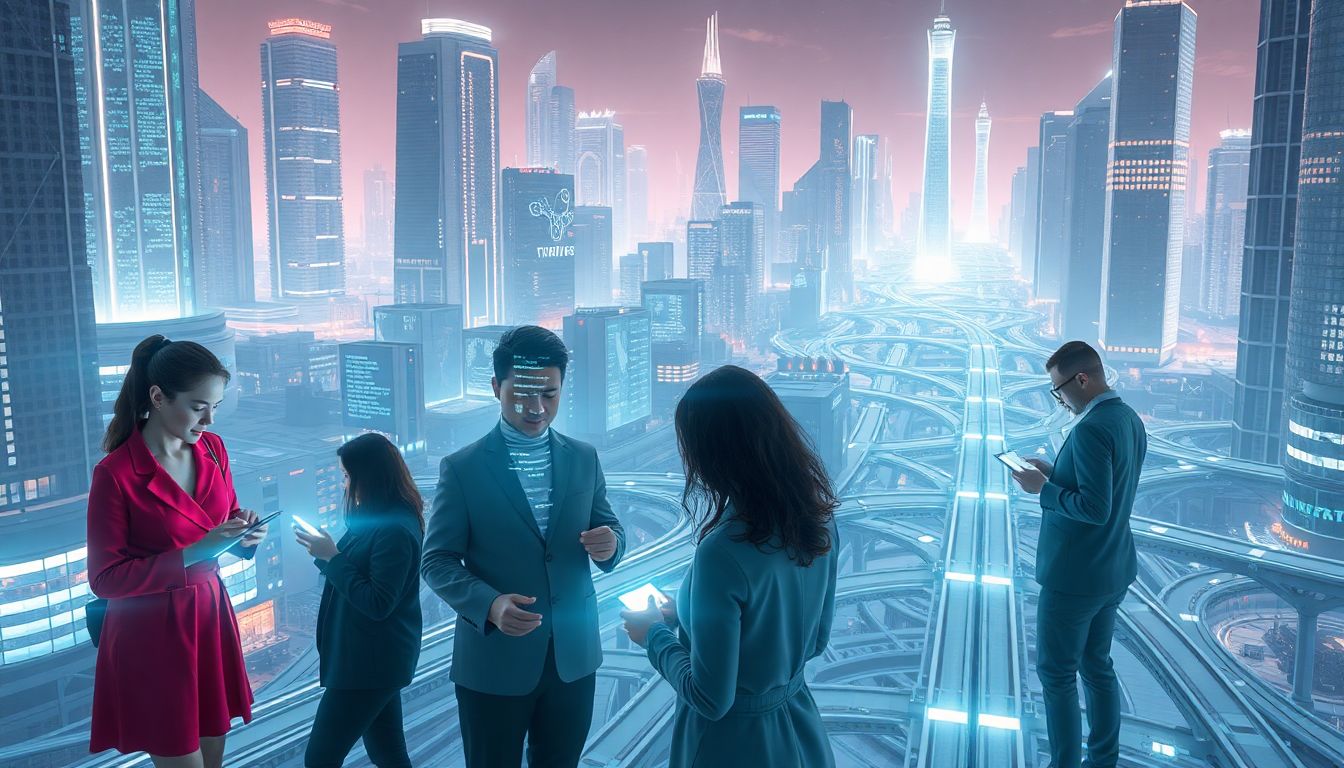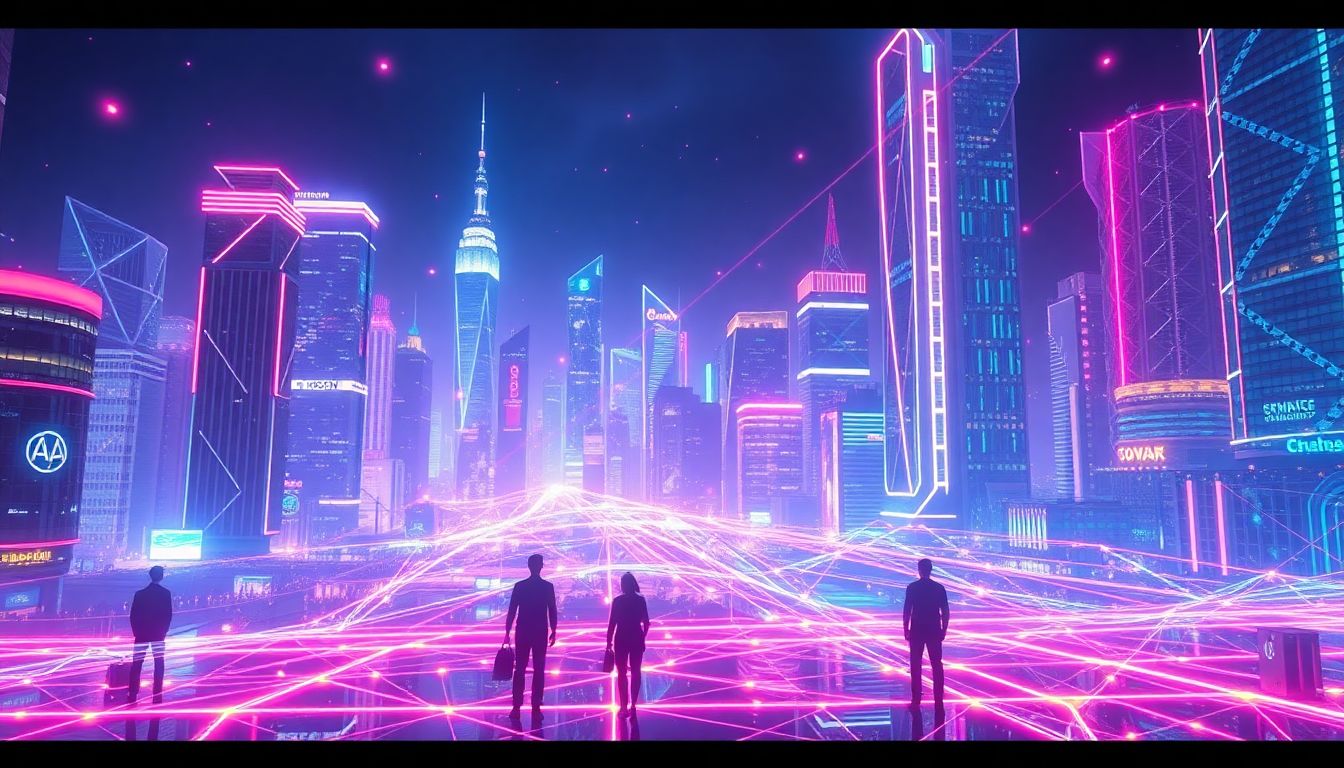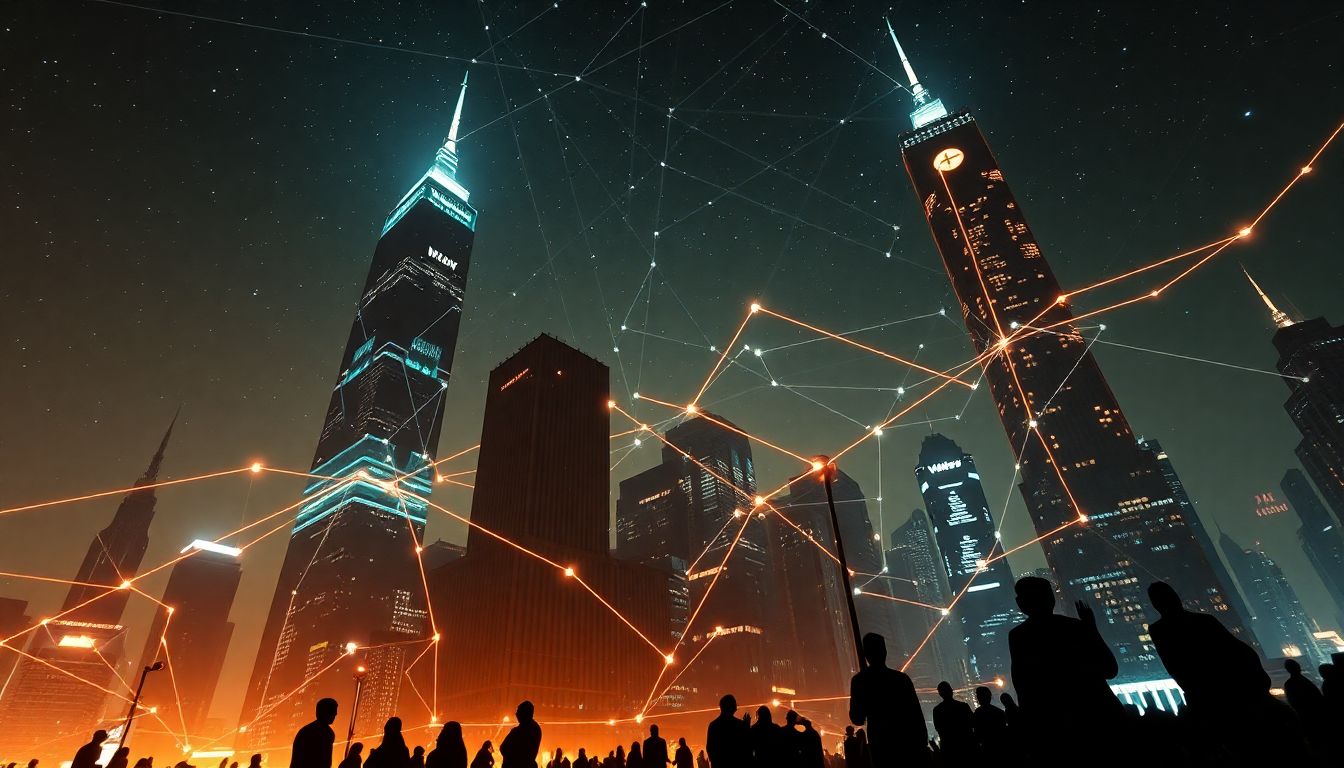
Understanding AI: From Basics to Advanced Concepts
AI is all around us, changing everything fast! It’s in self-driving cars and the shows you see online. But what is artificial intelligence, really? How does it all work?
This guide explains AI in a way that’s easy to get. We will check out the basics, where AI is used, and some cool new ideas for the future.
What is Artificial Intelligence? Defining the Core Concepts
AI means making computers think like people. It’s about building machines that can learn, solve problems, and make decisions. The main goal of AI is to mimic human intelligence. It’s not just about doing tasks, but doing them smartly.
There are two main types of AI. “Strong” AI would be truly like a human mind. “Weak” AI, which we have now, is designed for specific jobs. It’s important to know the difference when you hear about AI.
The History of AI: A Brief Timeline
AI has been around longer than you think! It started with ideas, like the Turing Test, which asks if a machine can trick you into thinking it’s human. Then, a computer named Deep Blue beat Garry Kasparov at chess. That was huge!
There were times called “AI winters” when progress slowed down. But AI always comes back stronger. New ideas and faster computers keep pushing it forward.
Types of AI: Reactive Machines, Limited Memory, Theory of Mind, and Self-Awareness
Not all AI is the same. Some AI is basic, some is more advanced. Here are the main types:
-
Reactive Machines: These AI react to what they see now. They don’t learn or remember. An example is Deep Blue, the chess computer.- Limited Memory: This AI can remember some things. Self-driving cars use this type. They remember recent events to make better decisions.
- Theory of Mind: This is an AI that understands people’s feelings and thoughts. We don’t have this yet, but it’s a big goal.
- Self-Awareness: This AI knows it exists and has its own feelings. This is still science fiction.
Machine Learning: The Engine of Modern AI
Machine learning is what makes modern AI work. It’s a way to teach computers without programming every step. Instead, they learn from data. They find patterns and make predictions.
The machine learning market is growing fast. Experts say it will be worth billions of dollars soon. It’s a big deal for technology.
Supervised Learning: Training with Labeled Data
Supervised learning is like teaching a kid with flashcards. You show the computer examples and tell it what they are. For example, you show it pictures of cats and dogs. You tell it which is which.
Then, the computer learns to tell the difference on its own. It uses algorithms like linear regression and support vector machines. A common use is spam detection. The computer learns to recognize spam emails from normal ones.
Unsupervised Learning: Discovering Patterns in Unlabeled Data
Unsupervised learning is different. You give the computer data, but you don’t label it. The computer has to find patterns by itself.
Algorithms like clustering and dimensionality reduction help with this. For instance, businesses use this to understand customers. They group customers based on what they buy. This is called customer segmentation.
Reinforcement Learning: Learning Through Trial and Error
Reinforcement learning is like training a dog. You reward the computer for good behavior and punish it for bad behavior. Over time, it learns to do the right thing.
This is used in games like AlphaGo, which beat the world’s best Go player. It’s also used to train robots. The robot learns to walk by trying different things and getting rewarded for success.
Deep Learning: Unlocking Complex Patterns with Neural Networks
Deep learning is a type of machine learning that uses neural networks. These networks have many layers, like a brain. They can learn very complex patterns.
Deep learning has changed what AI can do. It’s made big improvements in image recognition, language translation, and more. It’s a powerful tool.
Convolutional Neural Networks (CNNs): Image Recognition and Processing
CNNs are great at working with images. They look for features in the image, like edges and shapes. Then, they put these features together to understand what the image is.
They are used for image classification, object detection, and facial recognition. They power things like self-driving cars and security cameras.
Recurrent Neural Networks (RNNs): Processing Sequential Data
RNNs are good at working with data that comes in a sequence, like text or time. They remember what they saw earlier in the sequence. This helps them understand the context.
RNNs are used for natural language processing and machine translation. They can translate languages, understand what you say to your phone, and write stories.
Practical Applications of AI Across Industries
AI is not just a tech thing. It’s used everywhere, in many different fields. The use of AI is broad, and ever expanding.
AI in Healthcare: Diagnosis, Drug Discovery, and Personalized Medicine
AI is helping doctors diagnose diseases faster and more accurately. It can analyze medical images like X-rays and MRIs. It can also help find new drugs and create personalized treatment plans. This mean getting a better diagnosis, and medicine that works for you.
AI in Finance: Fraud Detection, Algorithmic Trading, and Risk Management
AI is used to find fraud, trade stocks, and manage risk in finance. It can spot strange transactions that might be fraud. It can also use algorithms to trade stocks automatically. This helps protect your money and make smart investments.
AI in Manufacturing: Automation, Quality Control, and Predictive Maintenance
AI is making manufacturing more efficient. It can automate tasks, check for quality, and predict when machines will break down. This means things are made faster, are better quality, and the factories don’t shut down.
The Ethical Implications of AI: Challenges and Considerations
AI brings up some important ethical questions. We need to think about fairness, jobs, and privacy.
Bias in AI: Ensuring Fairness and Equity
AI can be biased if the data it learns from is biased. For example, if an AI learns from data that mostly shows men in high-paying jobs, it might think that only men are good for those jobs.
We need to make sure AI is trained on fair data. We also need to check the algorithms to make sure they are not biased. That way, AI will treat everyone fairly.
The Future of Work: AI and Job Displacement
AI could take over some jobs that people do now. This could lead to job losses.
To deal with this, we need to help people learn new skills. This is called reskilling and upskilling. We need to prepare for the changing job market.
The Future of AI: Trends and Predictions
AI is always changing. New ideas are coming out all the time. Some trends to watch include:
Explainable AI (XAI): Making AI More Transparent
XAI is about making AI easier to understand. We want to know why an AI made a certain decision. This is important for trust and accountability.
Artificial General Intelligence (AGI): Towards Human-Level AI
AGI is the idea of creating AI that is as smart as a human. This is a long-term goal. It would have a big impact on society.
Conclusion: Embracing the AI Revolution
AI is changing the world. It’s important to understand it and use it responsibly. We must keep learning and adapting.
Key Takeaways:
- AI is more than one thing. It has many different parts.
- Machine learning and deep learning are what make AI work today.
- AI can change almost every industry, like healthcare and finance.
- We need to think about the ethics of AI to use it the right way.
- To do well in the future, we need to keep learning about AI.


